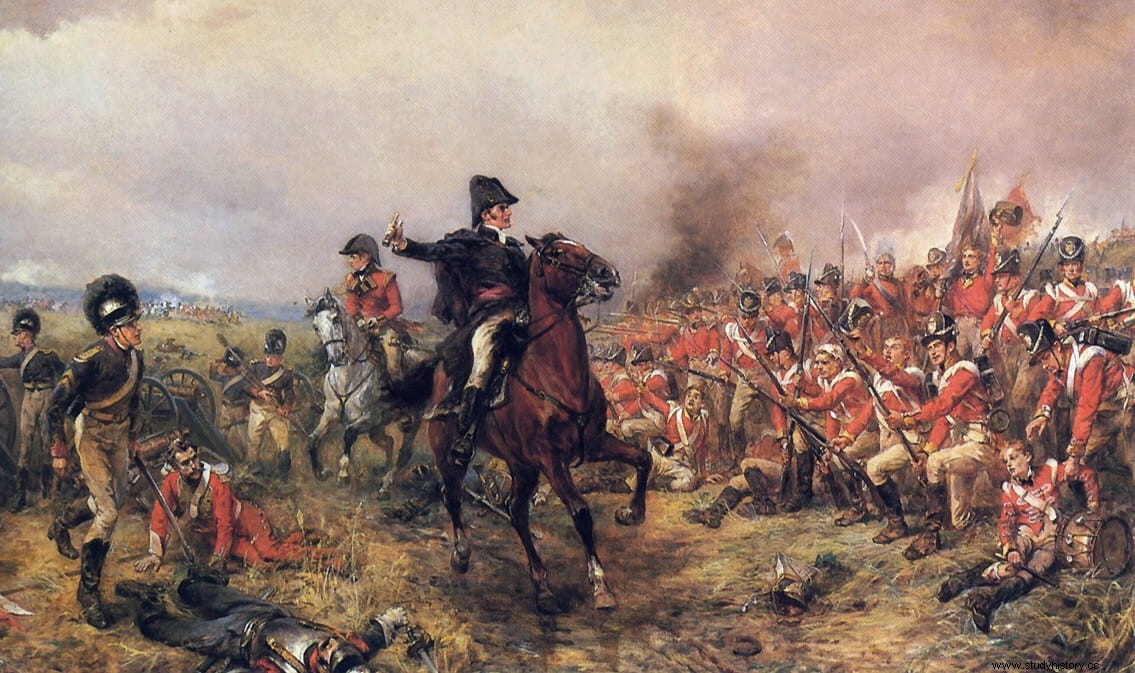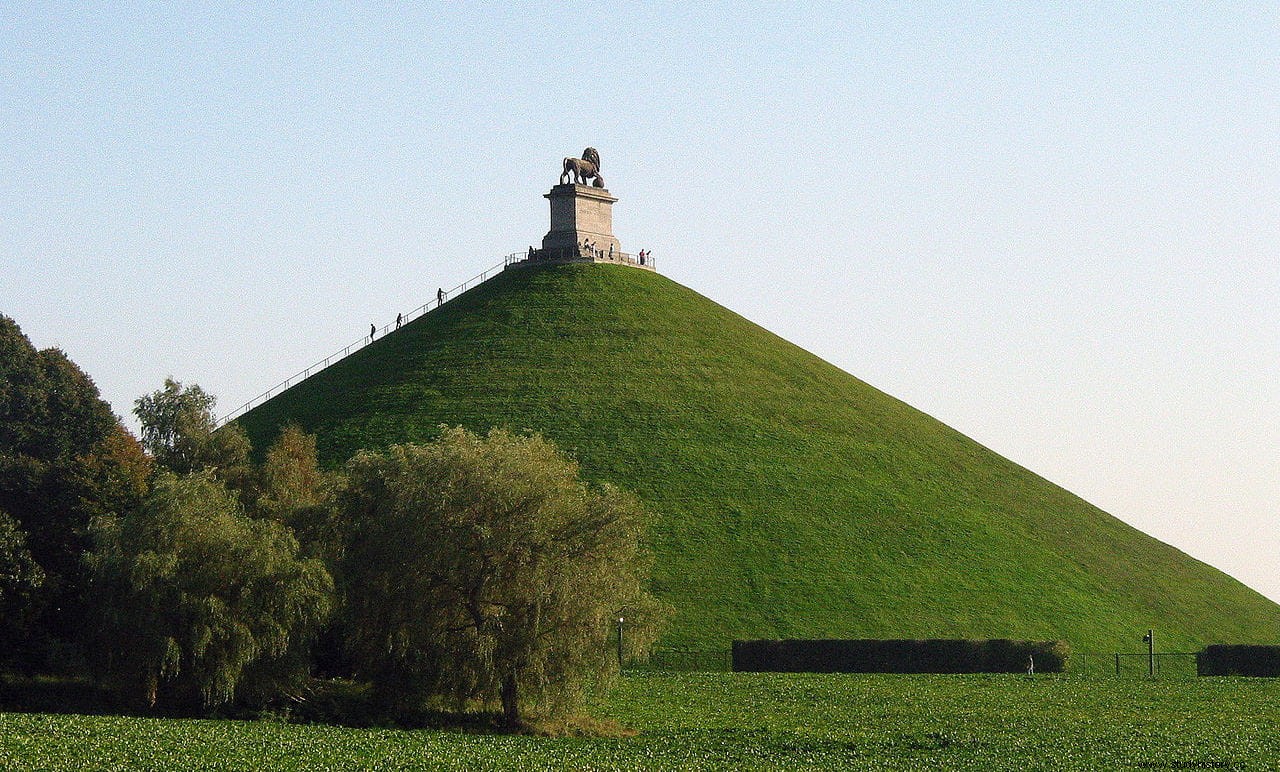Were the bones of fallen soldiers at the Battle of Waterloo sold as compost? Thousands of soldiers died on the Belgian battlefield, yet very few human remains have been found.
Now a new study by Professor Tony Pollard of the University of Glasgow suggests that's the most likely outcome of the matter, but the archaeologist says it's not quite a case closed situation. .
In his conclusions, published exactly 207 years after the historic conflict in the Journal of Conflict Archeology , Professor Pollard, Director of the Center for Battlefield Archaeology, University of Glasgow, displays original data comprising newly found descriptions and drawings of the battlefield, made by people who visited in the days and weeks after the defeat of Napoleon.
Among them are the letters and personal memoirs of a Scottish merchant living in Brussels at the time of the battle, James Ker, who visited him in the days following the battle and describes the men who died in his arms. /P> 
Taken together, visitor accounts describe the exact location of three mass graves containing as many as 13,000 bodies. But will this new data lead to the discovery of a mass grave containing the long-lost bones of those who gave their lives in this battle, which finally ended a 23-year war?
Professor Pollard said this is unlikely, adding:despite artistic license and hyperbole about the number of bodies in mass graves, the bodies of the dead were clearly disposed of in numerous places throughout the battlefield, so it is somewhat surprising that there is no reliable record of a mass grave ever being found .
At least three newspaper articles from the 1820s onwards make reference to the importation of human bones from European battlefields for the purpose of composting . European battlefields may have provided a convenient source of bones that could be ground into bone meal, an effective form of fertilizer. One of the main markets for this raw material was the British Isles .
Professor Pollard, who works at the university's Scottish Center for War Studies and Conflict Archeology, said:Waterloo attracted visitors almost as soon as the gun smoke cleared . Many came to steal the belongings of the dead, some even stole teeth to make prosthetics, while others simply came to observe what had happened. It is likely that an agent of a bone supplier arrived on the battlefield with high expectations of securing the prize from him. The main targets would be mass graves, as they would have enough bodies to be worth the effort of digging up the bones.

The inhabitants of the area could have indicated to these agents the location of the mass graves, since many of them would have vivid memories of the burials that took place, or they could even have helped to dig . Professor Pollard added:It is also possible that the various guidebooks and travelogues describing the nature and location of the pits served essentially as treasure maps with an X to mark the location .
On the basis of these accounts, buttressed by the well-attested importance of bone meal in agricultural practice, the dumping of mass graves at Waterloo for bones seems feasible, and the likely conclusion is that .
But, to settle it once and for all, as part of his role as Senior Scholar and Archaeological Director of the charity Waterloo Uncovered , Professor Pollard will help lead an ambitious, multi-year geophysical survey, with veterans joining the dig to provide insights to world-class archaeologists. In turn, they will receive care and recovery.
Professor Pollard added:The next step is to return to Waterloo, to try to map out the graves resulting from analysis of the early visitor accounts reported here. If human remains have been excavated on the proposed scale, then there should be, in at least some cases, archaeological evidence of the pits from which they were excavated, however truncated and ill-defined.
Covering large areas of the battlefield in the coming years, we will seek to identify areas of previous ground disturbance to test the results of the source review and distribution map, and in conjunction with further desk research and some excavation will provide a much more definitive picture of the fate of the Waterloo dead .
If the team found anything, it would be an extremely rare discovery. In 2015 a human skeleton was discovered during the construction of a new museum and parking lot on the site.
Then, in 2019, the Waterloo Uncovered team unearthed amputated human leg bones in an excavation of the main Allied field hospital. There is also a skeleton of uncertain provenance in the Waterloo museum. No other significant remains have been found.
